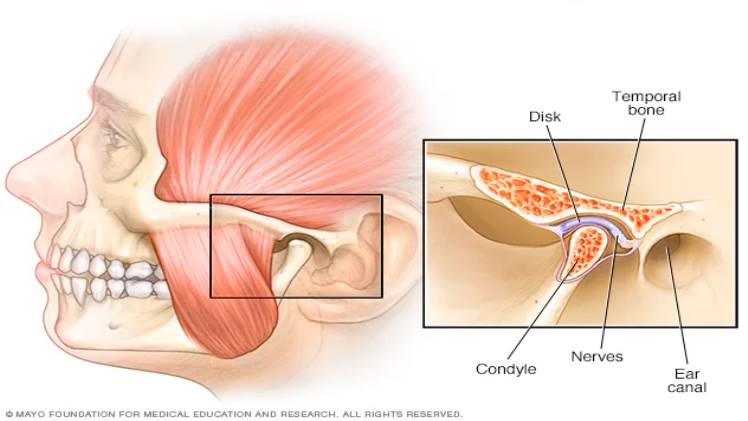What is Temporomandibular Joint Dysfunction (TMD)?

Have you ever experienced a gnawing pain or tenderness in your jaw? If yes, then you could probably be suffering from temporomandibular joint dysfunction (TMD). If you notice a clicking sound or grating sensation while chewing then it is time you consult your dentist. Chase Dental Sleepcare is a one-stop solution to all your problems related to TMJ (temporomandibular joint) pain or abnormalities. Commack TMJ/TMD treatment involves a conservative approach that can help relieve you from the excruciating pain, and other symptoms of TMD. Let’s delve into TMD to know more about its causes, symptoms, and treatment.
Understanding the temporomandibular joint (TMJ)
The TMJ connects your jawbone to the skull. You have one joint on each side of your jaw. It acts as a sliding hinge and controls your jaw movements. It is a crucial joint that helps in movements like speaking, biting, and chewing.
About 5% to 12% of the adult population may suffer from some form of TMJ disorder. Your TMJ could get inflamed or injured which results in constant throbbing or gnawing pain, and tenderness known as temporomandibular joint dysfunction (TMD).
Common causes of TMD
There is no single cause for TMD since it can result due to several contributing factors. These include:
- Trauma to the jaw (jaw fracture or dislocation)
- Persistent teeth grinding or clenching (bruxism)
- Arthritis (joint inflammation) of the TMJ
- Malocclusion (improper alignment of the teeth)
- Stress
- Genetics (passed down to families due to gene defects)
- Lifestyle habits (poor posture, excessive gum chewing)
Characteristic symptoms of TMD
TMJ dysfunction symptoms vary widely and may include the following:
- Excruciating jaw pain
- Facial pain around the ear
- Stiffness, and soreness of the jaw
- Shoulder or neck pain (referred pain)
- Difficulty or inability to open or close your mouth (lockjaw)
- Clicking sound of the joint
- Headaches, toothaches, earaches, and migraine
- Tinnitus (a feeling of ringing in the ears)
TMD treatment
TMD treatment usually depends on the severity of your symptoms. Once your dentist evaluates your oral cavity, checks your jaw ROM (range of motion), and assesses the pain intensity, an appropriate treatment plan is executed. Treatment includes:
- At home tips
- Eating soft foods
- Preventing excess mouth opening
- Massaging the affected TMJ
- Hot or cold compress for 15 to 20 minutes
- Conservative approach
- Prescription painkillers and anti-inflammatory medications
- Oral splints or mouth guards (occlusal appliances)
- Physical therapy
- Muscle relaxing injections
Takeaway
TMJ is an important facial joint that aids in movements like speaking, biting, and chewing. Any abnormality or injury of the joint could lead to temporomandibular dysfunction that causes severe pain and tenderness. However, with early diagnosis, proper home care, and a conservative approach your dentist can help alleviate your symptoms and treat the condition.




